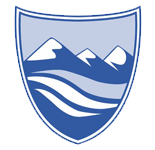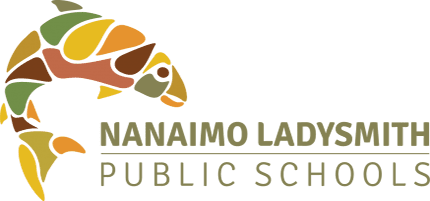This section is based on my own family teachings as shared with the Land and Language Based Learning Program I co-teach with William Taylor.
The teachings discussed in this section include fibre processing — cleaning, teasing, carding, and spinning – along with weaving. Working with fibres in our class offers us the opportunity to re-live ancient teachings, to re-awaken culture buried in our Coast Salish students. With this sensory engagement comes language: Hul’q’umi’num’ comes alive and words awaken with the teachings. As Chief Janice George from Squamish puts it, “weaving is part of the Salish tree of life; from the roots of this tree grow the teachings that form the Coast Salish Worldview.” Chief Janice George, Squamish (Tepper et al. 2017: 31).
Our program is based on traditional Coast Salish ways of learning. These practices come from my family’s teachings, and from the shared work of Coast Salish weavers and knitters. In our class, we tried to work ‘as Granny did’ so that the sense memories of past work could be brought into the present. In this way, visitors to our program could share memories brought forward by the work at hand. Our work together has demonstrated the richness of traditional teachings to awaken cultural knowledge and the power of working together — nutsumaat.
Cedar Work
Today I would like to share the use of cedar being used in our land-based class. Our students are working hard to bring back our old teaching of being respectful to our beautiful gifts from the land, such as cedar. I present this personal story to provide a glimpse of a Coast Salish perspective on a way of being with the resources of our territory.





